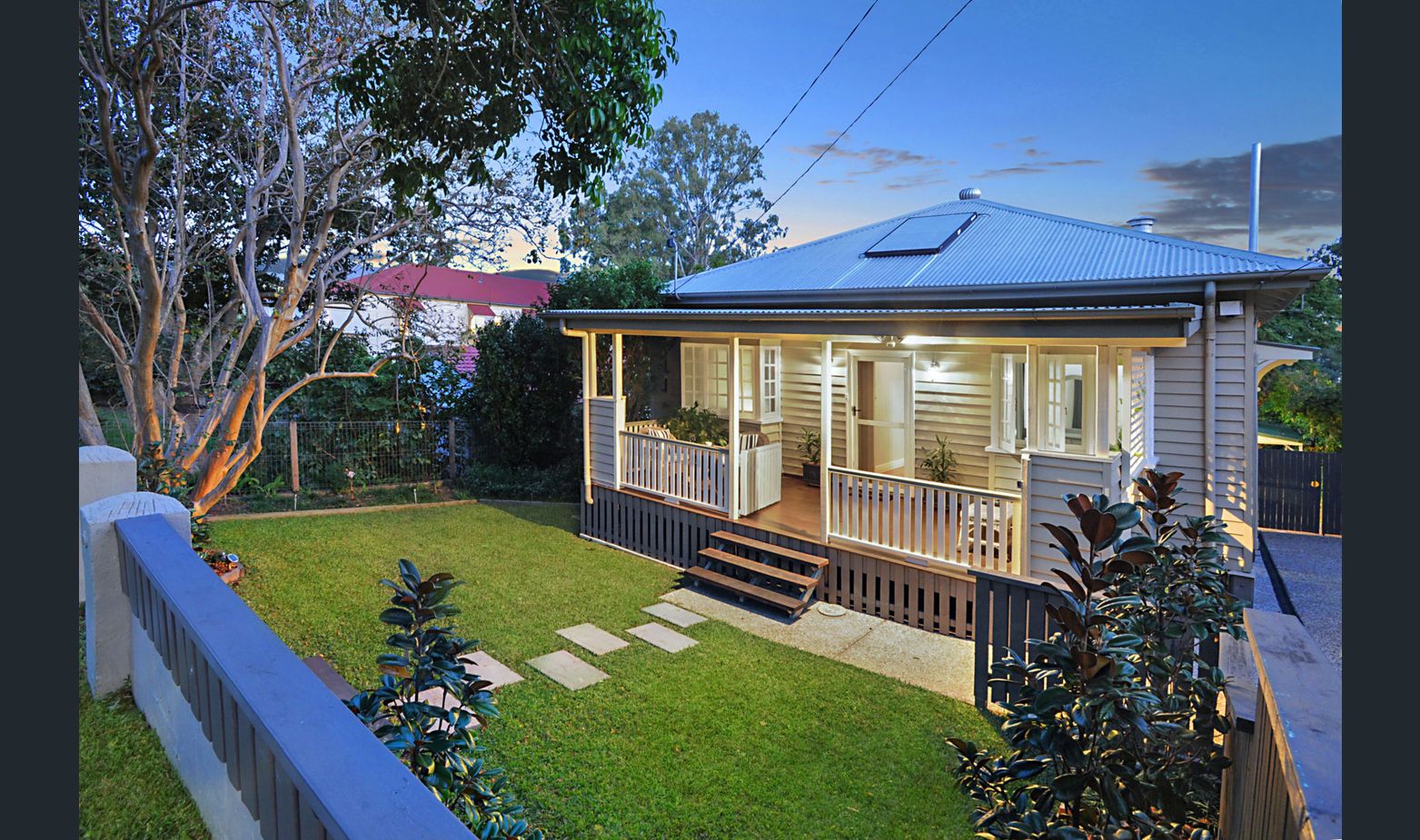As a Buyers Advocate and a Qualified Property Investment Advisor, I often get asked to source a property that will result in a positive cash flow to the investor but when I get asked this I always ask WHY and what do they want to achieve. As it may not be the most beneficial purchase to them at that time. So usually after I dig a little deeper it seems they really don’t appear to understand what they want or in fact what would work better for them in their property portfolio at that specific time.
So, I thought I would try to explain the Difference between POSITIVE CASH FLOW and POSITIVE GEARING.
Difference between POSITIVE CASH FLOW and POSITIVE GEARING
But to understand the differences between Positive Cash Flow vs Positive Gearing we must first understand the term “gearing” and how the application of gearing changes the outcomes for the investor.
What is positive gearing?
In a broad sense “gearing” is the term given when investors borrow money to invest. It is typically a strategy used by property investors to accelerate the process of “wealth creation” as it has the ability to compound the returns and also the losses associated with property ownership. The net loss could then be offset against the other income of the investor, therefore, making the loss a tax deduction.
A Positively geared property is generally referring to a property that generates a higher income than its cost in expenses before tax benefits are considered. The income is usually assumed to be from the rental. So, if you owned a $400,000 property with an 80% Mortgage at an interest rate of 5% per annum. You will be paying $16,000/annum in mortgage interest repayments. If your expenses, including management fees, are equal to an amount of $4,000 then your total expenses would be $20,000. Assume if the rental income was $22,000 then you would be earning more income than you are paying expenses; so the property would be considered positive geared.
What is the positive cash flow?
Positive Cash Flow is an outcome created by a property that generates a loss before tax but when tax benefits and deductions are applied the income is greater than the expenses. So, this is an after-tax effect. So if you owned the property above and paid $400,000 for it. Your expenses are $20,000 but if your rental income was less than the $20,000 then you would be making a loss. If we assume that the rental income was $18,500 you would be making a $1,500 loss on the property. Let’s say that you were entitled to a tax depreciation deduction of $4,500, then add this to your loss, and the $1,500 becomes a $6,000 loss on paper. If you were on a 30% tax rate then your tax refund would be $1,800. Your income would now be $18,500 + $1,800 totalling $20,300 so your property now becomes Positive Cash Flowed to the sum of $300.00.
So put simply – the main difference between the two is positive geared properties generate more income than expenses BEFORE TAX. Positive Cashflow properties ONLY generate more income than expenses AFTER TAX.
Ready to invest in property? Contact National Property Buyers today!

